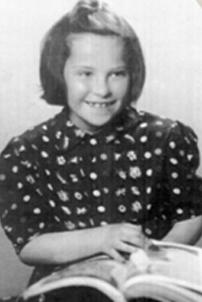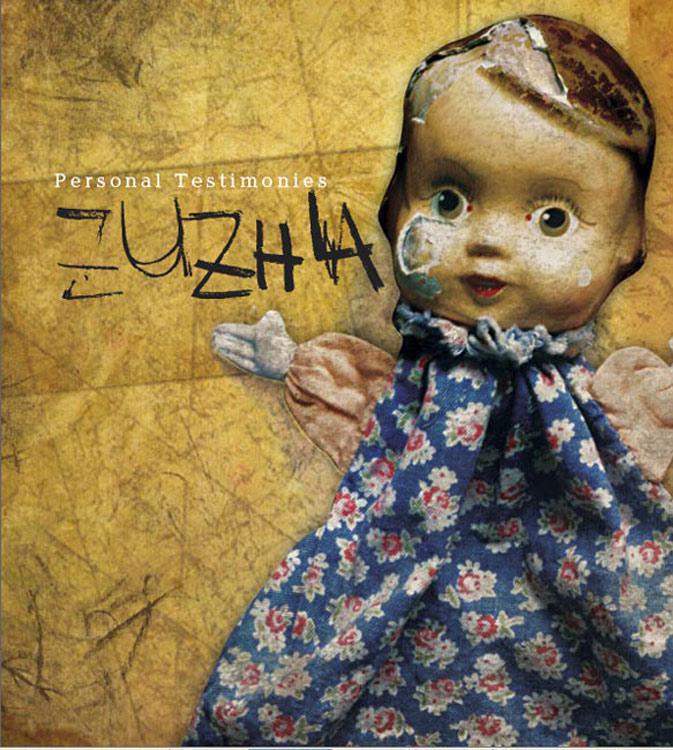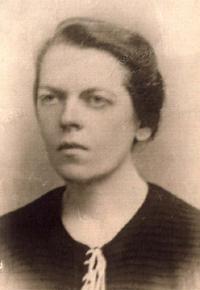Grades 1-2
This unit is part of a series of online educational units on select topics within Holocaust education. In these unique educational environments, we present a variety of teaching aids and auxiliary materials to assist the educator in teaching the subject, offering educators not only the historical information they need, but also the pedagogical tools to facilitate the lesson. The format allows educators to choose from the range of materials offered: lesson plans, presentations, archival materials, filmed testimonies, historical clips, Pages of Testimony and primary source materials (documents, photographs, diaries, maps, etc.), as well as video lectures.
Yael Rosner's story, titled in book form "My Doll" is adapted especially for younger children (grades 1-2). It allows for study about the Holocaust, focusing on the subjects of struggle, survival and revival. It emphasizes subject matters which allows the children to empathize, and acknowledge the significance of imagination and creativity inherent in the process of hiding and coping as a child during the Holocaust.
The story omits reference to gruesome events. Rather, it shows the students the everyday experiences of a girl who is confined to a cellar hiding from the Nazis, and coping with the situation with the help of, among others, improvised toys, imagination, and warmth and love.
The book is especially suited for study during the time period leading to the Holocaust and Heroism Remembrance Day (Yom HaShoah) and can facilitate the teachers in teaching and conveying this complex and sensitive subject, since the story is equally touching to both children and adults.
Introduction
Terms / Tags
Poland, Ghetto, Hiding, cellar, underground
Issues and focus for study
- The ability to endure as seen in the relationship and actions of the mother and the conduct of the daughter
- The ability to generate warmth and love in a disintegrating world
- Family and friendship
My Doll – Study Guide
Preparation before reading the book:
Before reading the book, we can begin by showing by introducing Yael Rosner as a child and as an adult – the survivor who tells her story, by introducing the name of the story: "My Doll", and asking the students to guess and express their expectations regarding the story about to be told.
This activity is intended to make an initial connection between the child and the story. The preparation is important for establishing the right mindset toward the subjects discussed in the story and the feelings it evokes.
Familiarization with the story - understanding its meaning.
Prior to reading the story the children should be gathered for an intimate assembly. (For example: sitting on a carpet.)
The teacher should tell the children that Yael, the survivor telling her story, used to be called Zophia, that she lived in Poland as a child, that today she lives in Israel, and that the story focuses on her experience during the war.
We recommend telling rhe story according to the division suggested here, and reading it in installments.
- Section 1 – Life before the war, and the move to the ghetto
- Sections 2,3 – Moving into the cellar and imagination games
- Sections 4, 5, 6 – The mother leaves and returns to the ghetto, gives her daughter the doll
- Section 7, 8 – Leaving the ghetto
The first encounter with the story should be articulated and properly intonated.
It’s important that the reading won’t be done by the students themselves at this point.
The reading should be made by an adult, as it is interpretative and acts as a primary facilitator for understanding the story and establishing a sense of security.
Section 1
In this part the students are introduced to the life of the family before the Holocaust, presented as a normal, loving family. Also, we see the connection between the mother and the daughter, as well as the mother's attempts to "normalize" life in the ghetto.
Possible questions for discussion
- How does the storyteller remember life before the war?
- What did family life give her?
- How does Zosha's life change with the onset of the war and the move to the ghetto?
- What was difficult for Zosha in the ghetto? How does the family help her cope?
It's important to emphasize this section, presenting normal family life before the Holocaust, since it allows the students to empathize with Yael and with her family, as well as to understand the strength from which she drew later on.
The questions suggested above emphasize the sense of benevolence in the midst of harsh reality.
Notice that in this section the children are introduced to the term "ghetto". This introduction is done gradually, partially by using the mother as an intermediary element, and by the depiction of the attempts to overcome hardship. This is in order to allow the introduction of the term without causing trauma.
Sections 3 and 4
In these sections Yael depicts her life in the cellar and reveals the tools that helped her with the everyday challenge of living in the ghetto.
Possible questions for discussion
- What does the mother do to help Yael?
- In what different ways does the mother keep her promises?
- What did the mother do to alleviate Zosha's boredom? (Told stories, told her about places the girl hasn't seen, explained about the outside world though she's barred from leaving, played imagination games)
- What imagination games did the girl and her mother play? Why did they play those games?
- What part of the imagination games do you find interesting? Why?
- What do you think remained with Zosha after these moments of play?
It's important to help children conceptualize the things they hear since they helped Yael cope with the harsh world she lived in: imagination, creative activity, hope for the future etc.
Sections 4-6
These sections depict the mother leaving and returning to the ghetto. Also it tells about the gifts the mother brings to her daughter: a doll and string for embroidery.
Possible questions for discussion
- What do we learn about Zosha's mother?
- What do you think is the most important sentence Zosha tells the Doll? Why?
- How do you think the doll help Zosha?
- The way the girl cares for her doll reminds the way the mother cares for her daughter. How? Show examples.
- How do you thing engaging in embroidery helped Zosha?
- What did you think of the title of section 6? Propose other titles that might suit this chapter.
The title of the chapter doesn’t reflect its content, but rather what the mother told her daughter. Suggesting other titles will allow the students to focus on the significance of mother's actions for her daughter.
Sections 7 and 8
These chapters depict Zosha leaving the ghetto. In her journey out of the ghetto the readers are shown the girl's determination to get her doll, which she sees as her own daughter, out of the ghetto.
Possible questions for discussion
- How does the mother keep her promises in this section?
- How does Zosha assist in her own rescue?
Section 8
Possible questions for discussion
- What, in your opinion, are the main characteristics of the young man who rescued Zosha?
- What are the main qualities that Yael shows in this chapter? Did we see these in the other sections of the story?
In this part of the story, two main moral values can be emphasized:
The first is the mother keeps her promise, and the second – the inner strength of the girl that helps her help herself.
The questions will allow the teacher and the students to conceptualize the significant aspects in the young rescuer's actions, as well as Yael's conduct.
Encouraging a Personal Response
The teacher should encourage the students to share personal thoughts and feelings that arose during the reading.
The teacher should encourage the students to ask questions, and clarify any unresolved issues.
Children show interest and curiosity regarding the subject of the Holocaust and ask many questions. The children should certainly get the feeling their curiosity is warranted, but at these ages, avoid giving answers too broad, or that relate directly to the more difficult aspects of the Holocaust. It's important to narrow content that might shock or cause alarm. The ideal way to deal with "harder" questions is through personal talks with each child regarding specific significant contexts. However, children should be given the sense that they are allowed to ask in order not to cut off communication, and also given the sense that the adult understands what they mean and is not helpless when confronted with the information they present. Reactions which are not genuine or convincing, impair the child's ability to share and relieve any distress after being exposed to difficult content.
Summary Activity – Invitation for Personal and Creative Processing
One of the options below can be chosen:
- Viewing the online exhibition "No Child's Play", containing other stories relating to object used as toys and games by children during the Holocaust.
- Discussion after viewing:
- Describe what these toys and games were made of.
- Would you like to know more about any of them? What would you like to know? Explain why you chose this particular object. - Instructing the children to tell the story from the doll's point-of-view. (Emphasize what she felt, what was she thinking about the Zosha, etc.)
- Expressing Yael's thoughts in a drawing.
- What do you think Yael told her grandchildren when she showed them the doll?
- Present a photo of the doll, and a piture of Yael and her mother. Use them to design a book cover you think conveys the story of Yael and her Doll
The summary activity will allow the children to express their feelings through a creative activity. In addition, it allows broadening the scope of view – both to the return to life by thinking about Yael and her grandchildren, as well as through reference to the stories behind other objects.
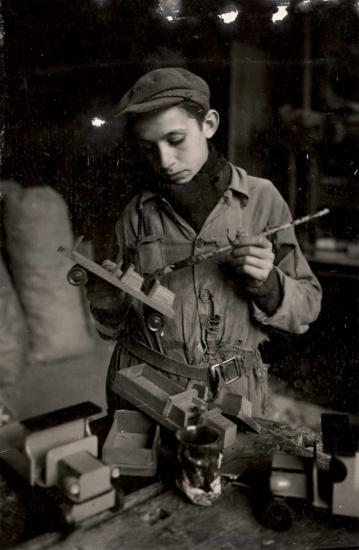

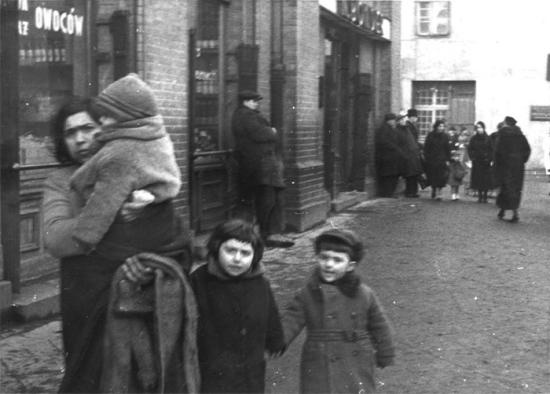

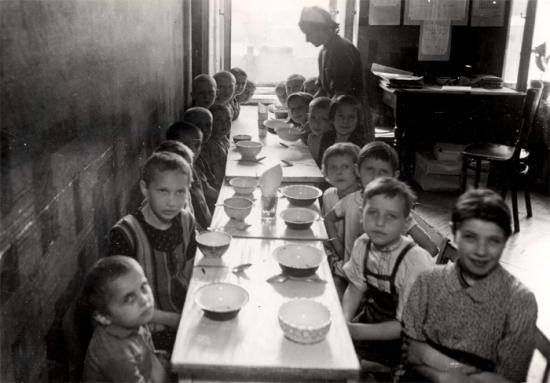

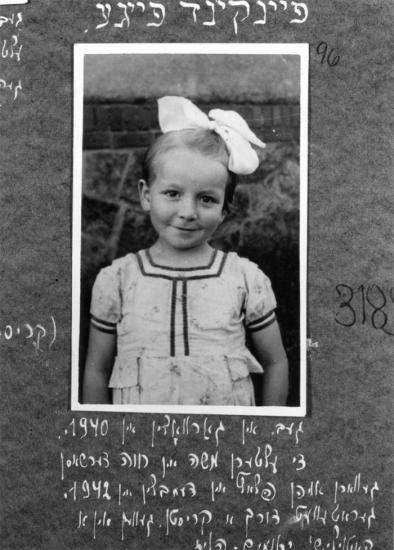

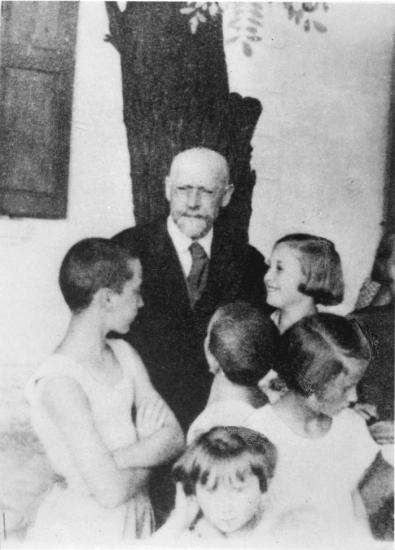

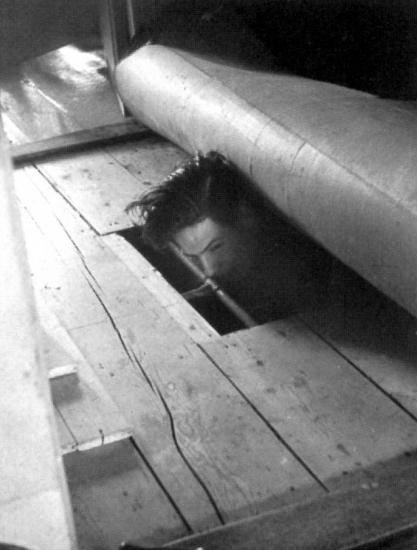

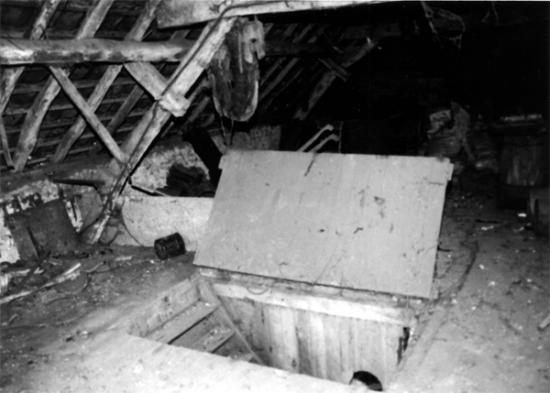

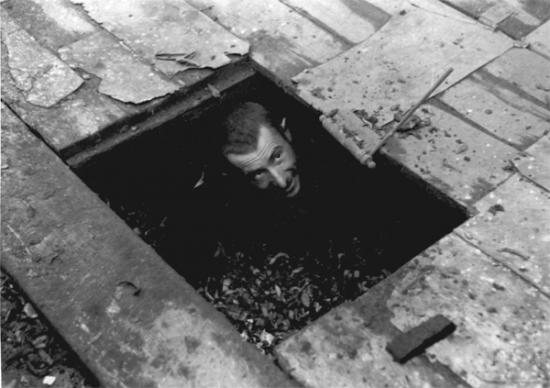

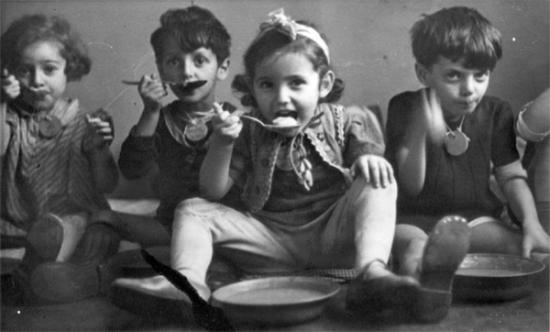

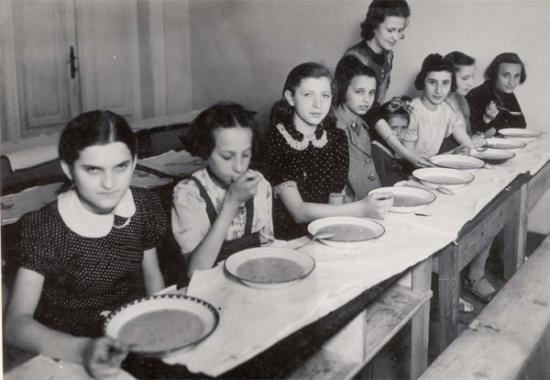

Additional Materials:
- The Warsaw Ghetto
- Warsaw Ghetto Uprising
- The Ghettos
- Using the Study Unit “Everyday Life in the Warsaw Ghetto – 1941”
- Childhood Before and During the Holocaust - The Story of Uri Orlev
- Compassion Within the Ghetto Walls
- The Female Couriers During the Holocaust
- Witnesses and Education - Testimonial Film Series
- "The Heavens Will Open for You" - The Story of Malka Rosenthal
- Teaching the Subject of Families During the Holocaust
Online Exhibitions
- "No Child's Play" - Children in the Holocaust-Creativity and Play
- From Our Collections - Photographs from the Warsaw Ghetto

